By Jessica Domel
I’ve decided there’s nothing more exhilarating than watching children become excited about learning—especially when it comes to agriculture.
The other day, I was invited to attend the 25th anniversary of the Medina County Ag in the Classroom in Hondo, and I have to say, even as a farm kid, I had a blast. I learned a thing or two, as well.
The ag day at the Medina County Fairgrounds included 17 different exhibits and demonstrations representing different aspects of agriculture and rural life.
There was a cotton ginning demonstration where the 700 or so Medina County students learned that cotton is used to make U.S. currency. We also learned, and this was a connection I hadn’t fully made, that cottonseed oil is used to make certain types of potato chips.
The kids learned how labor intensive and expensive it can be to become a farmer now-a-days; however, they were also able to witness the passion of a young man who had been working on a ranch since he was about six years old.
A beekeeper was there to explain how the flying insects play an important role in farming and the pollination of plants.
One of my favorite demonstrations was a favorite of the fourth graders, as well. Blacksmith James Honig of Hondo showed the children how he can take a piece of iron and form it into almost anything. There were ooos and ahhhs surrounding this exhibit all day and kiddos standing on benches to try to get a better glimpse of how the metal was reacting to Honig’s techniques.
I can’t tell you how invigorating it was to watch the looks on these young kids’ faces as they saw some of these exhibits. They were asking questions and engaging with the exhibitors.
To me, it was a sign that the next generation may be ready and willing to fill our shoes. They want to know more about Texas agriculture, and we should be the ones to share with them where their food, fiber and fuel come from. Agriculture is such an important part of our day-to-day lives, so why shouldn’t it be an important part of the learning process?
So I say kudos to all of the county Farm Bureaus, organizations and volunteers who are actively working to connect with families and schoolchildren who want to learn more about the world of agriculture. Even if you aren’t cultivating the next crop of Texas farmers, you can rest assured that they’ll become the next generation of consumers. Hopefully, one day they’ll look back on your efforts and be able to explain to their children why crops are so important to the state and nation’s economy.


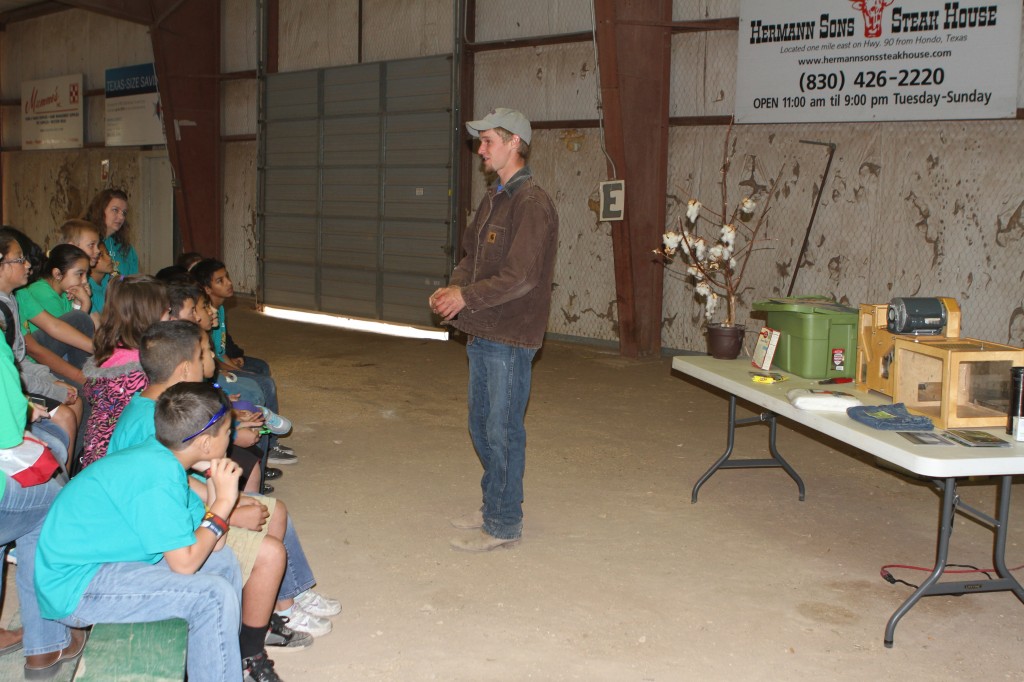
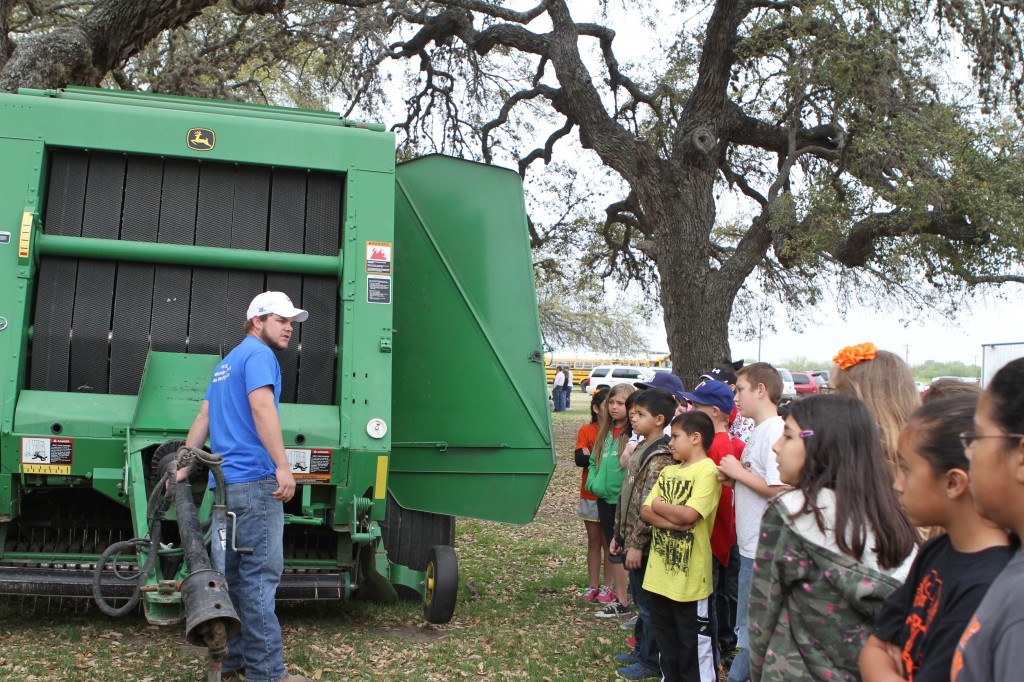
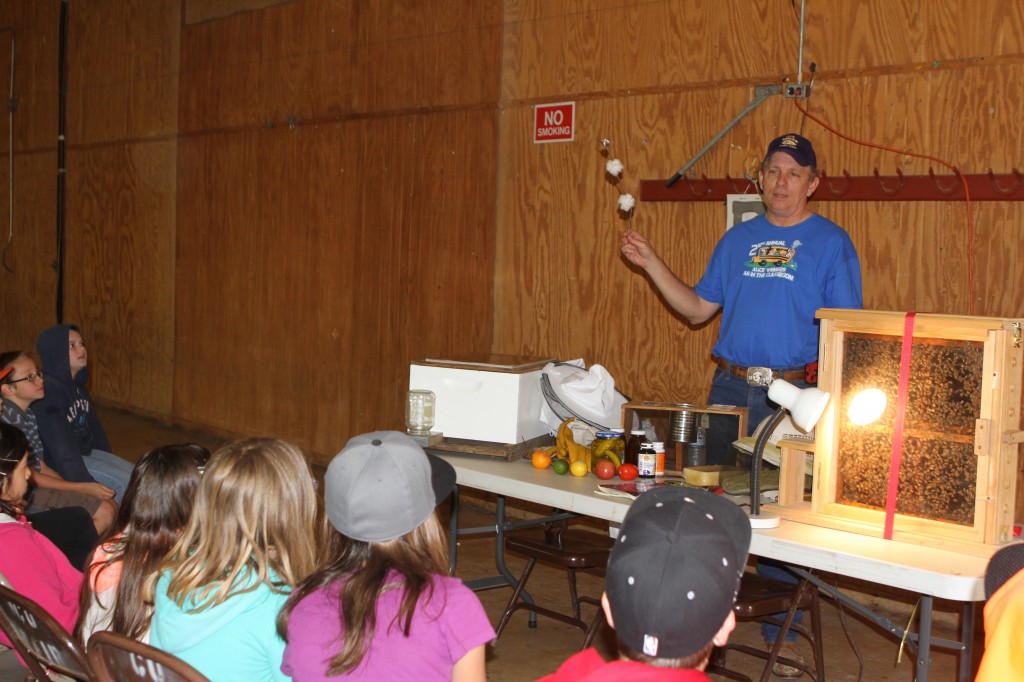
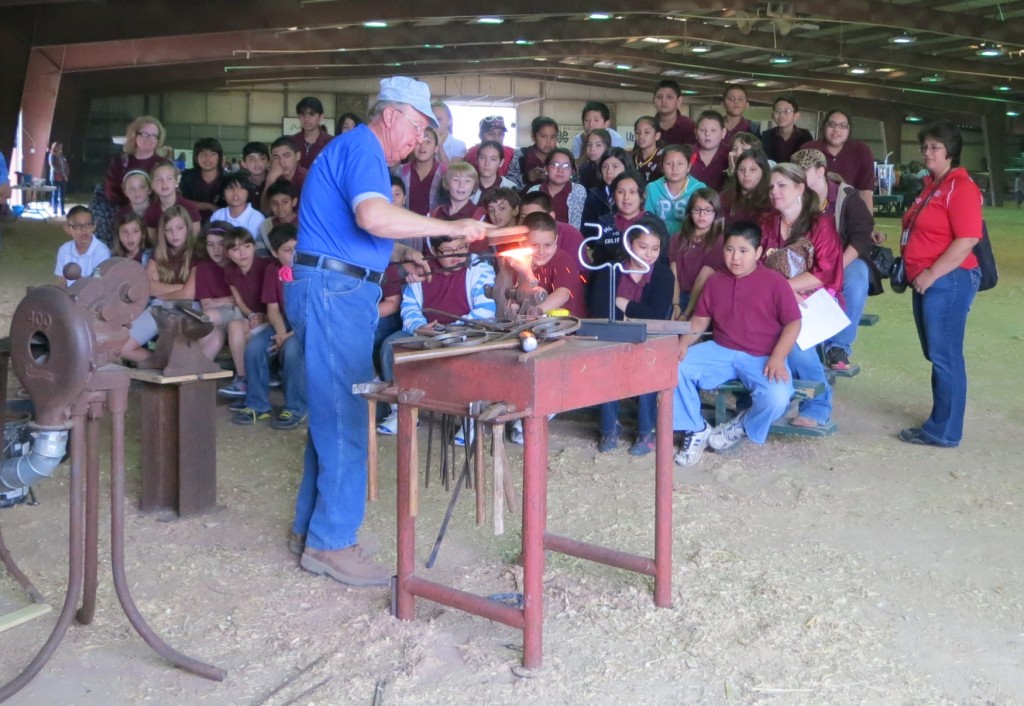



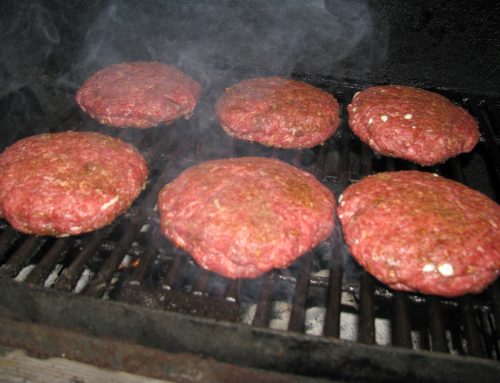





Leave A Comment